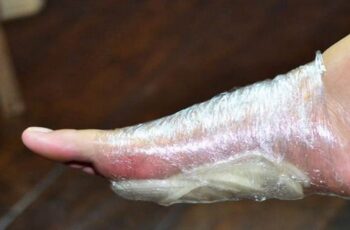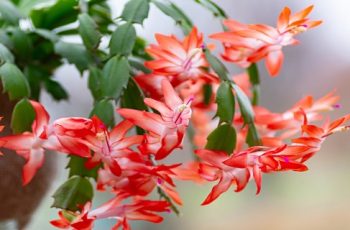Ad Blocker Detected
Our website is made possible by displaying online advertisements to our visitors. Please consider supporting us by disabling your ad blocker.
- Is it suitable to use pine needles as mulch for my garden and flowerbeds? Should they be added to my compost pile? Can I safely incorporate pine needles around my vegetable plants? And what about using them to protect perennials during the winter?
Regarding the utilization of pine needles in landscaping, there tend to be more queries than definitive answers. This is hardly surprising, considering the abundance of misconceptions and misinformation surrounding pine needles. This leads to a considerable amount of uncertainty about their true value to a gardener, as well as the appropriate places and methods for their application.
In reality, pine needles can serve as a valuable resource for various gardening purposes, both in vegetable gardens and flowerbeds. However, the key lies in understanding the when, where, and how of their use – and equally important, where they should not be used!
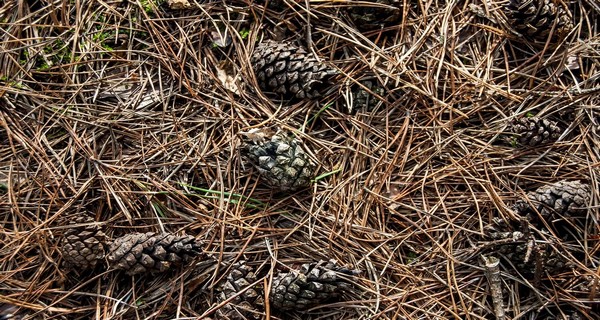
Indeed, pine trees continuously shed needles, rendering them a completely renewable and sustainable source of mulch for home gardeners. Furthermore, their prevalence in nearly all climate regions makes them easily accessible to a wide range of gardeners. This availability is a valuable resource for maintaining healthy and thriving gardens.
How To Use Pine Needles In Gardens & Flowerbeds
Are Pine Needles Acidic?
In all honesty, pine needles tend to be unfairly labeled as overly acidic. Many gardeners mistakenly believe that they are only suitable for use around plants that thrive in acidic conditions. However, as you’ll discover below, this isn’t always the case.
While pine needles are on the tree and still green, they do exhibit acidity. In fact, most pine needles typically measure around 3.0 to 3.5 on the pH scale while they are green.
Yet, as pine needles mature and decompose, much of their acidity diminishes. By the time they wither and fall to the ground, though they still retain some acidity, they are much closer to a neutral pH. Furthermore, as they continue to age and turn brown, they essentially register as neutral.
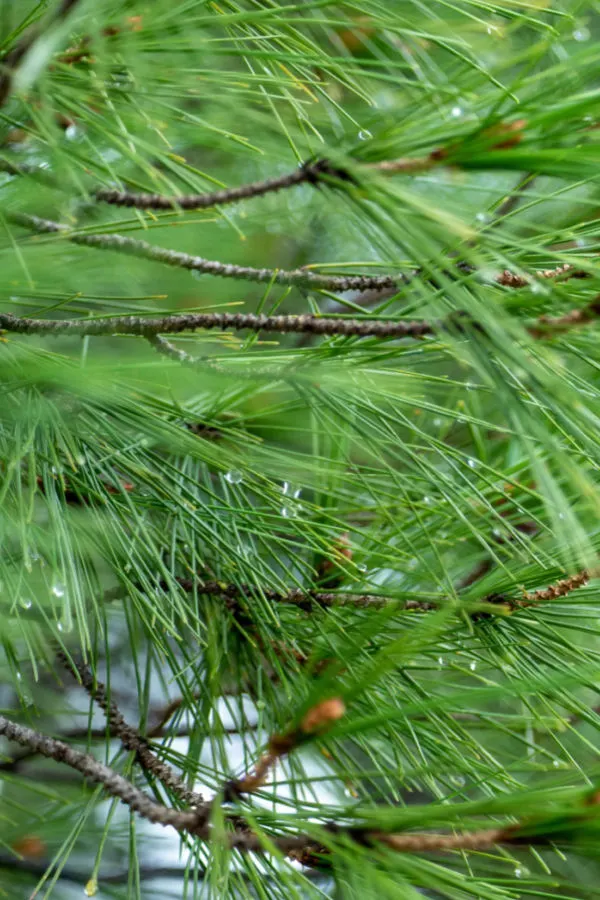
That’s correct. When pine needles are still green and on the tree, they exhibit their highest level of acidity. As they age, they gradually move closer to a neutral pH. This is an important consideration when determining the best times and applications for using pine needles in gardening.
Once pine needles have undergone complete decomposition, either through natural breakdown or composting (which we’ll discuss later), they attain a completely neutral pH. This means that once they reach this stage, you can confidently use them near almost any vegetable or flower plant without any concerns.
Dispelling The Myth – How To Use Pine Needles In Gardens & Flowerbeds
This is a crucial point to understand, as it means that once pine needles break down in the soil, they do not induce acidity. Regrettably, the misconception that pine needles lead to soil acidity creates a lot of confusion regarding their suitable application areas.
Now that we’ve addressed the issue of acidity, let’s closely examine how and where pine needles are most effectively used in their different states of decomposition. Additionally, despite their lack of acidity, we’ll also discuss situations where it’s advisable to refrain from using them.
Pine Needles As A Mulch – How To Use Pine Needles In Gardens & Flowerbeds
The abundance and accessibility of pine needles make them an excellent choice for use as mulch. It’s undeniable that pine needles are readily available in a diverse range of climates.
Pine tree varieties thrive in regions experiencing harsh winter conditions, as well as in places where temperatures seldom dip below 50°. Considering that needles, akin to leaves, shed from trees annually, it’s evident how they serve as a valuable source of natural, readily accessible, and cost-effective mulch.
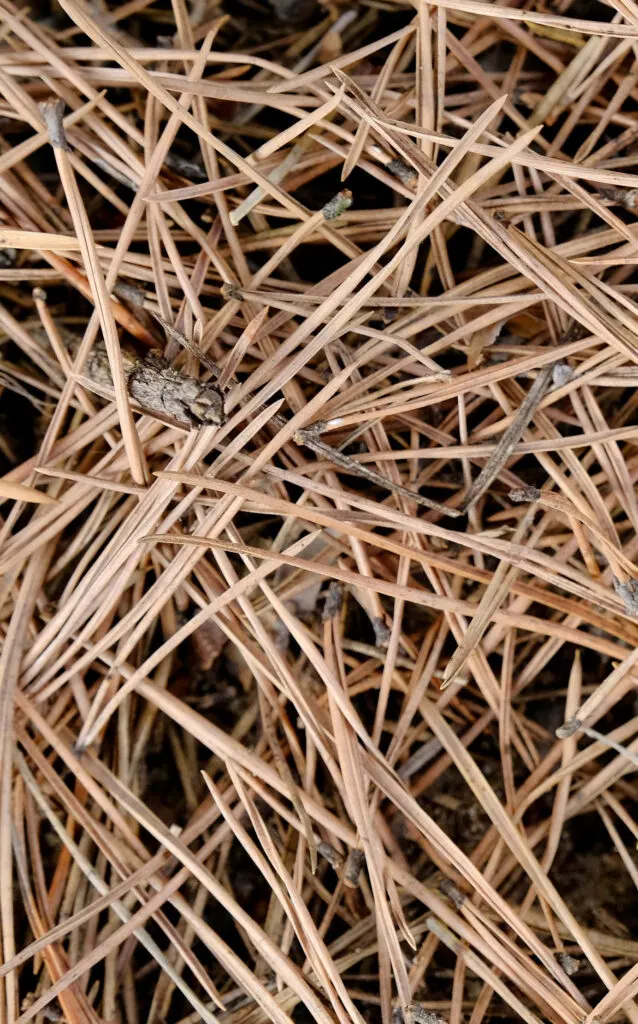
Exactly, aged pine needles have very low acidity levels, making them entirely safe for use as mulch around any plant, bush, shrub, or tree. This means you can confidently apply them without concerns about negatively impacting your plants.
Brown (aged) pine needles are highly effective for mulching flowerbeds and around bushes or trees. It’s important to reiterate that their near-neutral pH won’t impact the plants or soil acidity.
A layer of three to four inches of fallen pine needles can work wonders in preventing weed seeds from germinating and in maintaining a fresh appearance for flowerbeds. Additionally, these needles decompose at a slow pace, reducing the frequency of remulching. This is especially beneficial for perennial flowerbeds that are not regularly disturbed.
For perennials and bushes that thrive in more acidic soil conditions, mulching with fresher needles is recommended. Plants like azaleas, rhododendrons, blueberry bushes, and even strawberry plants prefer slightly acidic soil. Surrounding them with green or recently fallen pine needles will provide the desired acidity. While green needles offer the highest acidity levels, even freshly fallen ones will gradually release a small amount of acid, aiding the plants in the process.
Pine Needles In The Vegetable Garden – How To Use Pine Needles In Gardens & Flowerbeds
The decision to use pine needles in the garden can indeed be a perplexing matter for gardeners. The reassuring aspect is that brown needles can be employed anywhere in the garden without concerns about acidity. However, they are better suited for use as mulch in walking rows rather than around vegetable plants.
A generous layer of pine needles serves as an effective mulch between your rows. This practice aids in weed suppression and provides a convenient walking path without worry. Surprisingly, their effectiveness is not related to acidity, as is commonly believed.
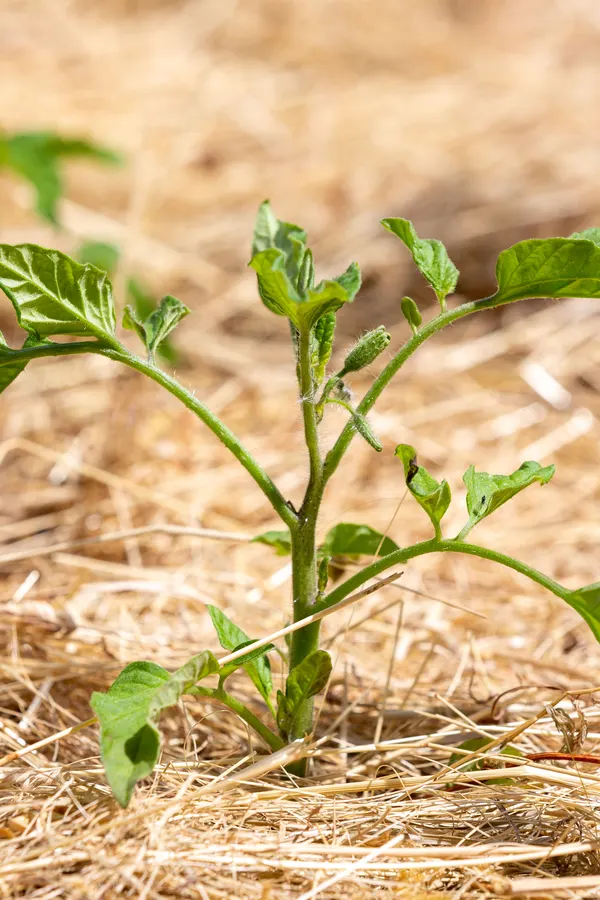
Absolutely, straw, grass clippings, or compost prove to be superior options for mulching around vegetable plants. They provide better soil insulation than pine needles and decompose at a faster rate, which in turn enhances and revitalizes the soil for subsequent crops. This makes them highly beneficial choices for sustaining healthy and productive vegetable gardens.
Pine needles possess a slender and narrow structure, which renders them ineffective as soil insulators. They also have a limited capacity to retain moisture. Over time, they tend to mat together, potentially impeding the flow of water and nutrients to the roots if they accumulate too densely.
Furthermore, due to their slow decomposition rate, they contribute only a modest amount of organic matter to the soil over an extended period. In comparison, materials like straw, grass clippings, and compost excel at enriching the soil with nutrients. Additionally, they prove superior in terms of insulation and moisture retention.
Another Great Use For Pine Needles In The Garden
For precisely these reasons, straw, grass clippings, and compost stand out as superior choices for mulching around vegetable plants. However, pine needles have another valuable application in the garden, especially for sprawling, vining crops.
Pine needles prove to be excellent for placing around the perimeters of these crops. This method effectively prevents the fruit from making direct contact with the bare ground, reducing the risk of rot. The needles have the advantage of drying out more quickly compared to straw or grass clippings, while still allowing for proper airflow.
Crops like cucumbers, melons, pumpkins, zucchini, and squash are all excellent candidates for this approach. Simply spread a few inches of needles on the ground and allow the vines to grow on top of them.
